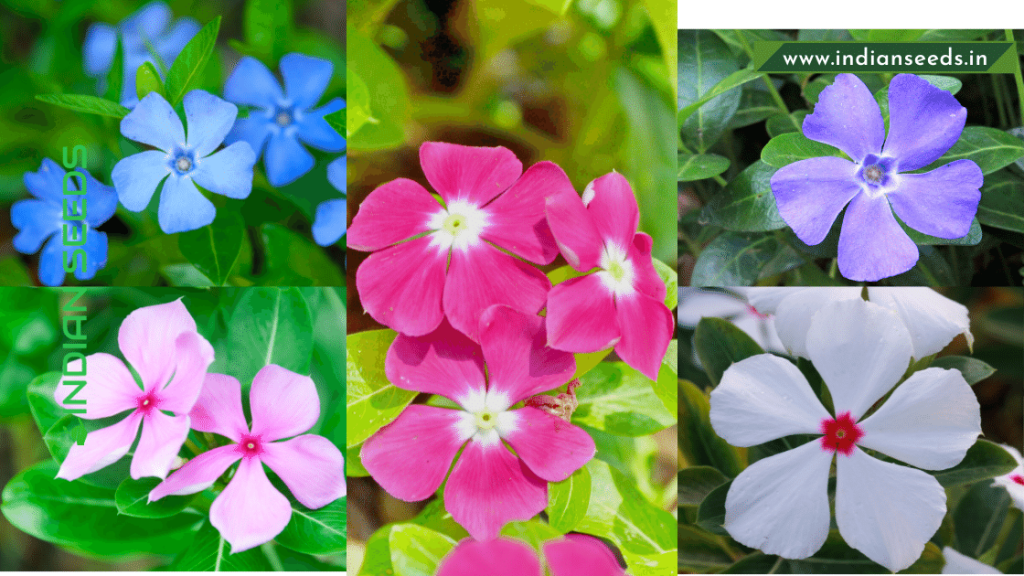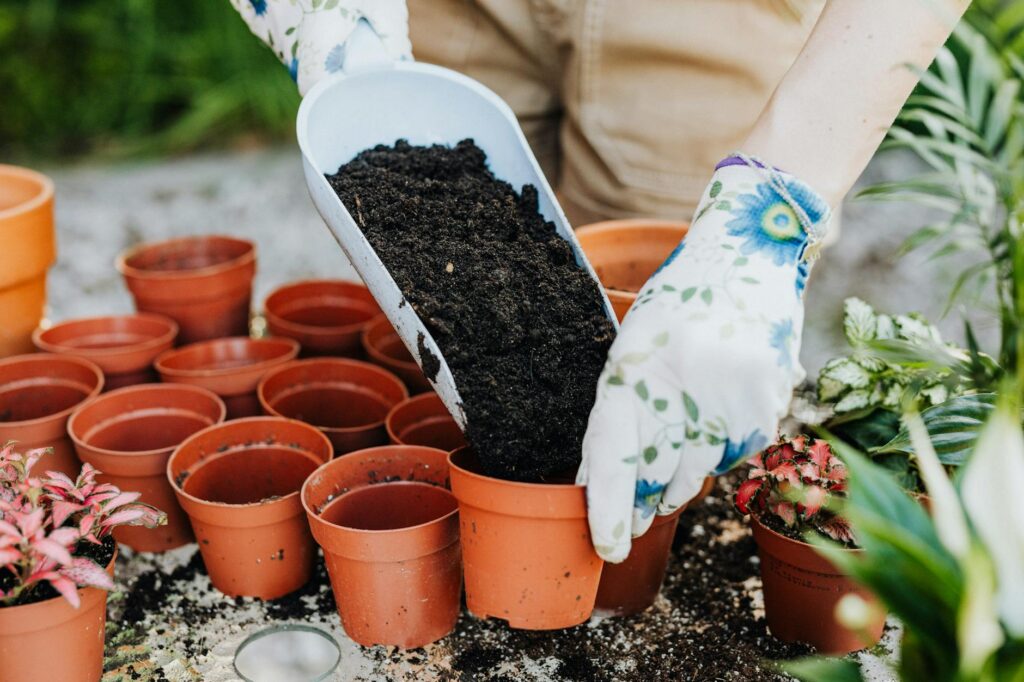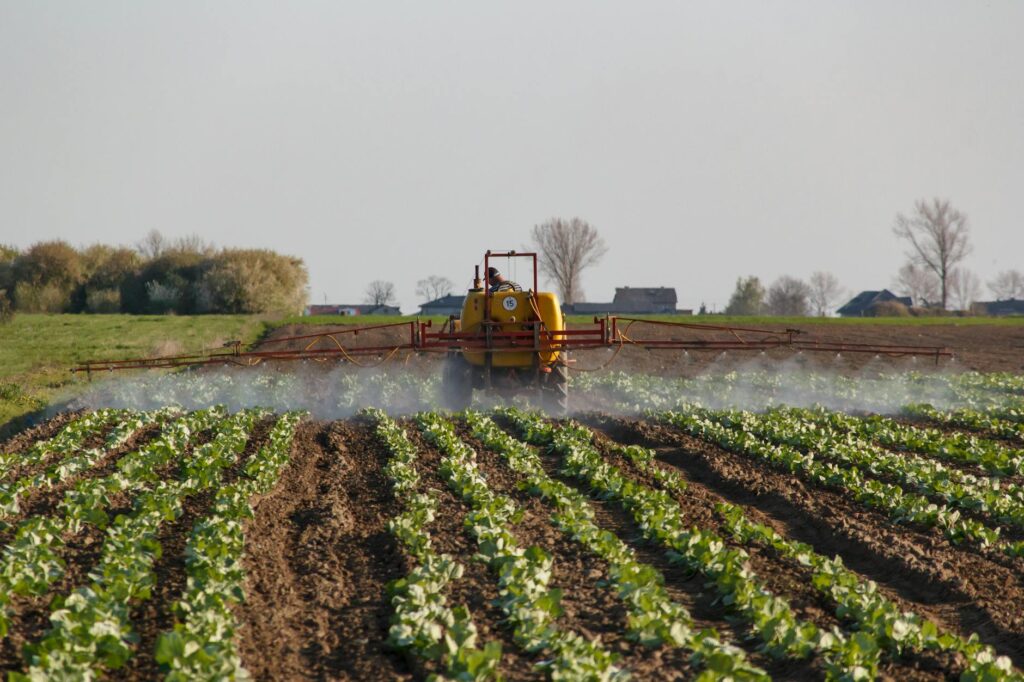Periwinkle plants are beautiful to look at and very easy to grow, but they can be difficult to find in the right location since they are often shipped over from Europe and elsewhere. This can make it hard to get one of these plants if you’re not willing to order it online or travel far enough to visit a nursery that has them on display. If you’d like to have periwinkle growing in your garden, consider this method of how to grow periwinkle plants.
Grow Periwinkle Flower Plants in Your Garden
What Are Periwinkle Plants?
Periwinkle plants are small shrubs that grow periwinkle flowers. The plant, which is native to Europe and Asia, is popular as an ornamental because of its attractive, fragrant flowers and beautiful foliage. In addition to making a great houseplant in sunny areas of your home or garden, periwinkles grow well outdoors as long as they receive at least 6 hours of sunlight each day.

Although only about 2 feet tall, these plants spread quickly by spreading out their stems. Each stem can produce several stems; pruning these off helps direct energy into producing blooms rather than woody stems.
| Common Names | Annual Vinca, Madagascar Periwinkle, Rosy Periwinkle |
| Botanical Name | Catharanthus roseus |
| Family | Apocynaceae |
| Plant Type | Herbaceous perennial, usually grown as an annual |
| Mature Size | 6-18 in. tall, similar spread |
| Sun Exposure | Full sun, part shade |
| Soil Type | Sandy loam |
Which Kinds of Light Do They Need?
There are two kinds of periwinkle plants: indoor and outdoor. Indoor periwinkles need more sunlight than their outdoor counterparts, but indoor lighting isn’t as strong, so it can be a little tricky to make sure your plant gets enough light.
Make sure that you put your plant in front of a large window or under grow lights. Outdoor periwinkles don’t need as much sun and can do just fine if you place them in partial shade.
What Is the Soil for a Periwinkle Plant?
The soil for a periwinkle plant should be rich and well-draining, but periwinkles can also do well in alkaline soils. The pH level should be around 6 to 7.5, which is higher than most plants prefer.
For good drainage, place a layer of gravel or large stones at the bottom of your planting hole. It’s important that water drains quickly away from where your periwinkle roots are located so they don’t rot.
What Temperature Should I Keep My Houseplant?
One of two things will happen to your new periwinkle plant. You’ll either kill it or watch it thrive—all depending on how you take care of it. If you don’t give your periwinkle enough sunlight, water, and warmth, it will die within a week. The ideal temperature for growing a periwinkle plant is 75 degrees with about 16 hours of sunlight each day.

What Is the Best Time of Year to Buy My Periwinkle?
It really depends on where you live. If you’re in a region that experiences seasonal changes (or live in an area with a mild climate year-round), it’s best to buy your periwinkle plant in late summer or early fall before they die back for winter.
If, however, you live in a climate where temperatures are much more consistent (or hot and humid all year round), you can go ahead and purchase your periwinkle plant at any time of year.
How Can I Tell if My Houseplant Is Happy or Not?
The first thing to do when you want to know if your houseplant is happy is to look at its roots. If they’re growing and healthy, that’s a pretty good indication that your plant is getting everything it needs to thrive.
If they are in wet soil, it probably isn’t. Keep your plant in moist soil, but never soggy soil; too much water can be just as bad for your plant as not enough.
What Should I Water My Houseplant With?
When you’re beginning to grow a periwinkle plant, you might be wondering what to water your plant with. Many people make two common mistakes when it comes to watering houseplants: over-watering and under-watering.
Please let us know your feedback on the article on “The Easiest Way To Grow A Periwinkle Flower Plant” in the comments👇















